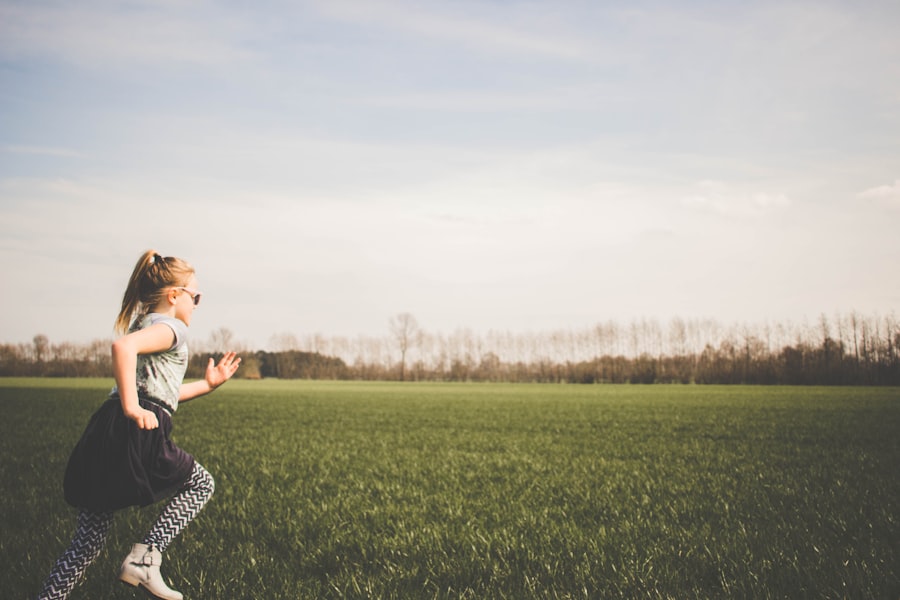Studio Ghibli, the renowned Japanese animation studio co-founded by Hayao Miyazaki and Isao Takahata, has captivated audiences around the globe with its breathtaking artistry and profound storytelling. The studio’s films are not merely animated features; they are immersive experiences that transport viewers into enchanting worlds filled with rich landscapes, complex characters, and intricate narratives. Each film is a testament to the studio’s commitment to hand-drawn animation, which imbues every frame with a sense of warmth and authenticity that resonates deeply with audiences of all ages.
The worlds created by Studio Ghibli are often inspired by real-life locations in Japan, blending fantasy with the beauty of nature and human emotion. From the lush forests of “Princess Mononoke” to the bustling streets of “Spirited Away,” these settings are meticulously crafted to evoke a sense of wonder and nostalgia. The studio’s ability to weave together elements of folklore, environmentalism, and the human experience creates a tapestry that is both visually stunning and thematically rich.
As fans delve into these films, they often find themselves yearning to explore the real-life inspirations behind these magical realms, leading to a deeper appreciation for both the artistry of Ghibli and the beauty of Japan itself.
Key Takeaways
- Studio Ghibli creates enchanting worlds that captivate audiences of all ages
- Real-life locations that inspired Spirited Away can be found in Jiufen, Taiwan
- Howl’s Moving Castle draws inspiration from the beautiful city of Colmar, France
- My Neighbor Totoro’s magical settings are reminiscent of the Sayama Hills in Japan
- Princess Mononoke’s stunning landscapes are inspired by the ancient forests of Yakushima, Japan
- Studio Ghibli fans can immerse themselves in the whimsical worlds by visiting real-life locations and exploring the inspirations behind their favorite films
Finding Spirited Away: Real-Life Locations
“Spirited Away,” one of Studio Ghibli’s most acclaimed films, tells the story of a young girl named Chihiro who becomes trapped in a mystical spirit world. The film’s enchanting visuals are inspired by various real-life locations in Japan, making it a treasure trove for fans seeking to experience the magic firsthand. One of the most significant inspirations is the Dōgo Onsen, a historic hot spring located in Matsuyama, Ehime Prefecture.
This iconic bathhouse served as a model for the film’s luxurious bathhouse, Aburaya. Visitors to Dōgo Onsen can immerse themselves in the same soothing waters that inspired Miyazaki, while also exploring the charming streets that surround this cultural landmark. Another notable location is the Aoshima Island, which is often referred to as “Cat Island.” This small island off the coast of Ehime Prefecture is home to a large population of cats that roam freely, reminiscent of the spirit creatures in “Spirited Away.
Additionally, the nearby town of Kuji in Iwate Prefecture features a stunning coastal landscape that mirrors the film’s ethereal beauty, allowing visitors to feel as though they have stepped directly into Chihiro’s world.
Exploring Howl’s Moving Castle: A Guide to Real-Life Inspirations

“Howl’s Moving Castle” is another masterpiece from Studio Ghibli that showcases a fantastical journey through a world filled with magic and war. The film’s titular moving castle, with its whimsical design and intricate mechanics, draws inspiration from various architectural styles found throughout Europe. One of the most significant influences is the picturesque town of Tottori in Japan, where visitors can find landscapes that echo the film’s enchanting vistas.
The rolling hills and lush greenery surrounding Tottori provide a stunning backdrop that mirrors the film’s aesthetic. In addition to Tottori, the city of Matsumoto in Nagano Prefecture offers a glimpse into the historical architecture that inspired Howl’s castle. The Matsumoto Castle, one of Japan’s most beautiful castles, features striking black and white contrasts and intricate wooden structures that evoke the same sense of wonder found in Miyazaki’s creation.
Visitors can explore the castle grounds and imagine themselves wandering through Howl’s magical realm. Furthermore, the nearby Kamikochi Valley presents breathtaking mountain scenery that captures the essence of adventure and exploration central to the film’s narrative.
Discovering the Magic of My Neighbor Totoro: Real-Life Places to Visit
“My Neighbor Totoro” is a heartwarming tale that celebrates childhood innocence and the bond between nature and humanity. The film’s rural setting is inspired by the Saitama Prefecture, particularly the area around Tokorozawa City. This region is characterized by its lush greenery, rice fields, and traditional Japanese houses that evoke a sense of nostalgia reminiscent of post-war Japan.
Fans can visit the Sayama Hills, which served as a significant inspiration for Totoro’s forest home. The hills are dotted with walking trails that allow visitors to immerse themselves in nature while experiencing the tranquility that permeates the film. Additionally, the Ghibli Museum in Mitaka, Tokyo, offers an enchanting experience for fans of “My Neighbor Totoro.” The museum features exhibits dedicated to various Ghibli films, including life-sized replicas of Totoro and other beloved characters.
Visitors can explore beautifully designed spaces that reflect Miyazaki’s artistic vision while learning about the animation process behind these iconic films. The museum also has a charming garden where fans can stroll through landscapes reminiscent of those seen in “My Neighbor Totoro,” making it a must-visit destination for anyone seeking to connect with the magic of Ghibli.
Unveiling the Beauty of Princess Mononoke: Real-Life Locations to Experience
“Princess Mononoke” delves into themes of environmentalism and the struggle between nature and industrialization. The film’s breathtaking landscapes are inspired by various locations across Japan, particularly in the Kumamoto Prefecture. The Shiratani Unsuikyo Ravine on Yakushima Island is one such location that captures the essence of Mononoke’s mystical forests.
This UNESCO World Heritage site is home to ancient cedar trees and lush vegetation that evoke the film’s enchanting atmosphere. Hiking through Shiratani Unsuikyo allows visitors to experience firsthand the beauty and serenity that Miyazaki sought to portray in his film. Another significant location is the Aso caldera, which features stunning volcanic landscapes that reflect the film’s themes of conflict between nature and humanity.
The vast grasslands and rolling hills surrounding Aso provide an awe-inspiring backdrop for fans looking to connect with the film’s narrative. Additionally, visitors can explore local hot springs and traditional inns that offer a glimpse into Japan’s rich cultural heritage while enjoying the natural beauty that inspired “Princess Mononoke.” These locations serve as reminders of the delicate balance between human progress and environmental preservation.
Navigating the Whimsical Worlds of Studio Ghibli: Tips for Fans

Researching Film Locations
For fans eager to explore the real-life inspirations behind Studio Ghibli’s enchanting films, researching specific locations featured in each film can enhance one’s experience significantly. Many travel blogs and forums provide insights into lesser-known spots that may not be on typical tourist itineraries but hold special significance for Ghibli enthusiasts.
Timing Your Visit
Timing your visit can greatly impact your experience. Many locations associated with Studio Ghibli are best enjoyed during specific seasons when nature is at its most vibrant. For instance, visiting during cherry blossom season can add an extra layer of beauty to locations like Sayama Hills or Dōgo Onsen.
Immersing Yourself in Local Culture
Participating in guided tours or workshops related to Ghibli films can provide deeper insights into their creation and cultural significance. Engaging with local communities can enrich your journey even further. Many towns near Ghibli-inspired locations host festivals or events celebrating their connection to these beloved films. Interacting with locals can lead to unique experiences and stories that enhance your understanding of how these enchanting worlds have influenced real-life culture in Japan.






















+ There are no comments
Add yours